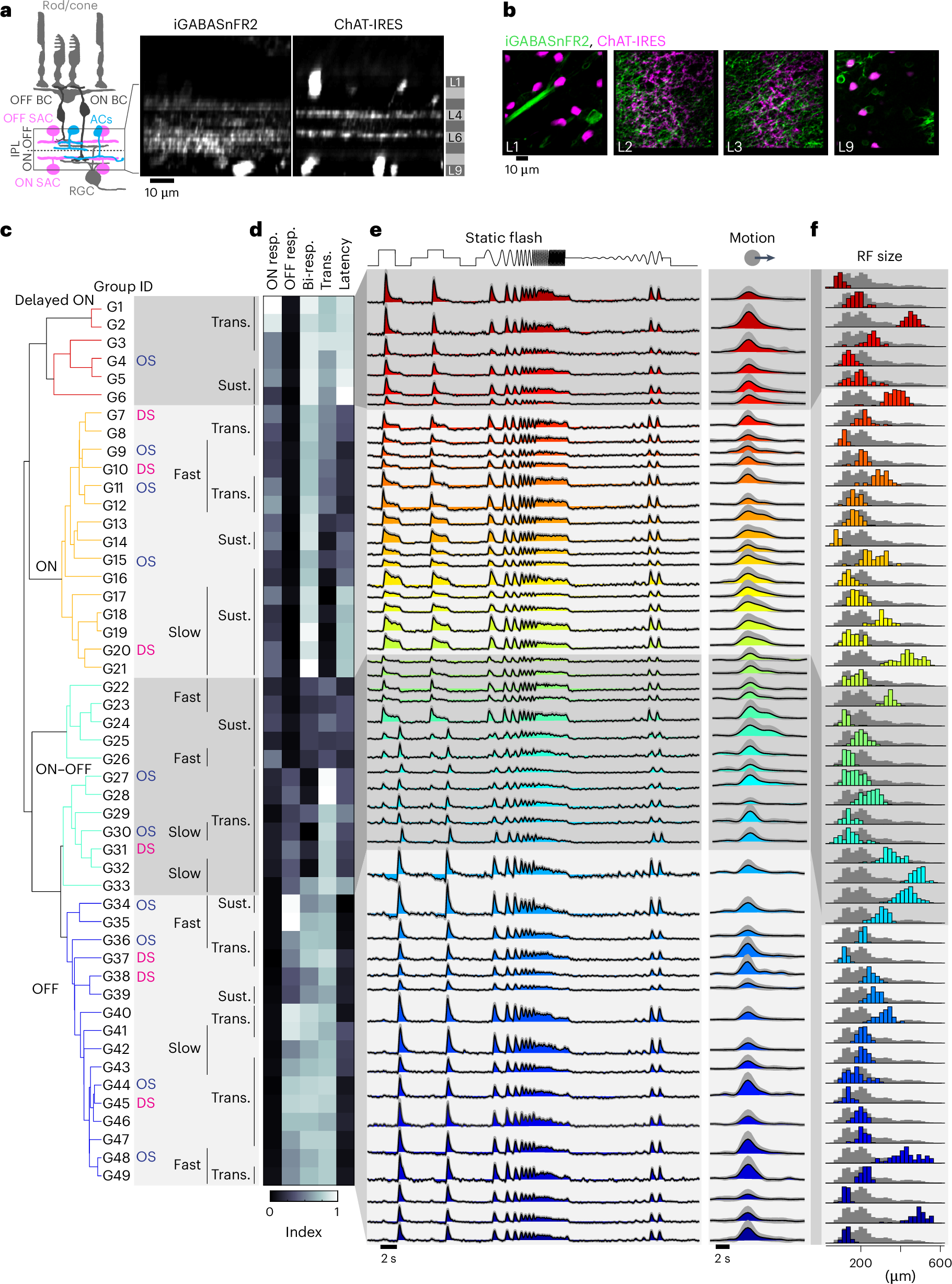2025-04-15 ペンシルベニア州立大学(PennState)
<関連情報>
- https://www.psu.edu/news/agricultural-sciences/story/immune-system-proteins-involved-severe-parasitic-disease-identified
- https://journals.plos.org/plospathogens/article?id=10.1371/journal.ppat.1012108
NLRP3およびAIM2インフラマソームが蠕虫Schistosoma mansoniの卵に対する病原性Th17細胞応答を悪化させる NLRP3 and AIM2 inflammasomes exacerbate the pathogenic Th17 cell response to eggs of the helminth Schistosoma mansoni
Madhusoodhanan Suresh Kumar Meena Kumari ,Pengyu Liu ,Megan S. Nitchman,Santoshi Chaudhary,Kaile Jump,Yoelkys Morales,Emily A. Miller,Ilana Shecter,Miguel J. Stadecker,Parisa Kalantari
PLOS Pothogens Published: March 18, 2025
DOI:https://doi.org/10.1371/journal.ppat.1012108
Abstract
Infection with the helminth Schistosoma mansoni can cause exacerbated morbidity and mortality via a pathogenic host CD4 T cell-mediated immune response directed against parasite egg antigens, with T helper (Th) 17 cells playing a major role in the development of severe granulomatous hepatic immunopathology. The role of inflammasomes in intensifying disease has been reported; however, neither the types of caspases and inflammasomes involved, nor their impact on the Th17 response are known. Here we show that enhanced egg-induced IL-1β secretion and pyroptotic cell death required both caspase-1 and caspase-8 as well as NLRP3 and AIM2 inflammasome activation. Schistosome genomic DNA activated AIM2, whereas reactive oxygen species, potassium efflux and cathepsin B, were the major activators of NLRP3. NLRP3 and AIM2 deficiency led to a significant reduction in pathogenic Th17 responses, suggesting their crucial and non-redundant role in promoting inflammation. Additionally, we show that NLRP3- and AIM2-induced IL-1β suppressed IL-4 and protective Type I IFN (IFN-I) production, which further enhanced inflammation. IFN-I signaling also curbed inflammasome- mediated IL-1β production suggesting that these two antagonistic pathways shape the severity of disease. Lastly, Gasdermin D (Gsdmd) deficiency resulted in a marked decrease in egg-induced granulomatous inflammation. Our findings establish NLRP3/AIM2-Gsdmd axis as a central inducer of pathogenic Th17 responses which is counteracted by IFN-I pathway in schistosomiasis.
Author summary
Schistosomiasis is a major tropical parasitic disease caused by trematode worms of the genus Schistosoma. Morbidity and mortality in infection with the species Schistosoma mansoni are due to a pathogenic CD4 T cell-mediated immune response directed against parasite eggs, resulting in granulomatous inflammation. In severe cases of schistosomiasis, there is liver fibrosis, hepatosplenomegaly, portal hypertension, gastro-intestinal hemorrhage and death. Here we describe the role of two proteins, the NLRP3 and AIM2 inflammasomes, in intensifying disease. We found that upstream proteins which activate these inflammasomes are caspase-1 and caspase 8; these in turn lead to the activation of another protein, Gasdermin D (Gsdmd), which facilitates the release of the proinflammatory cytokine IL-1β. Importantly, we observed that mice deficient in Gsdmd exhibit diminished pathology. Finally, we discovered that the protective Type I Interferon (IFN-I) pathway counteracts the caspase/inflammasome/Gsdmd axis thereby controlling egg mediated inflammation. These results give us a deeper understanding of the functional features of the crosstalk between inflammasome and IFN-I pathway, which may lead to the identification of novel targets for therapeutic intervention.


